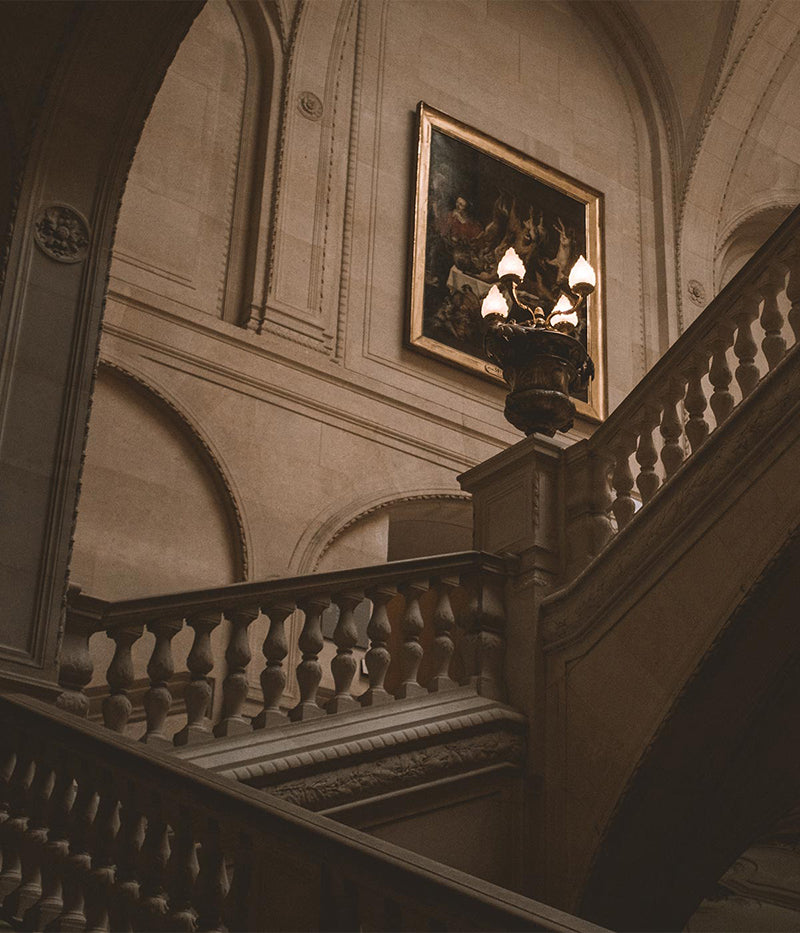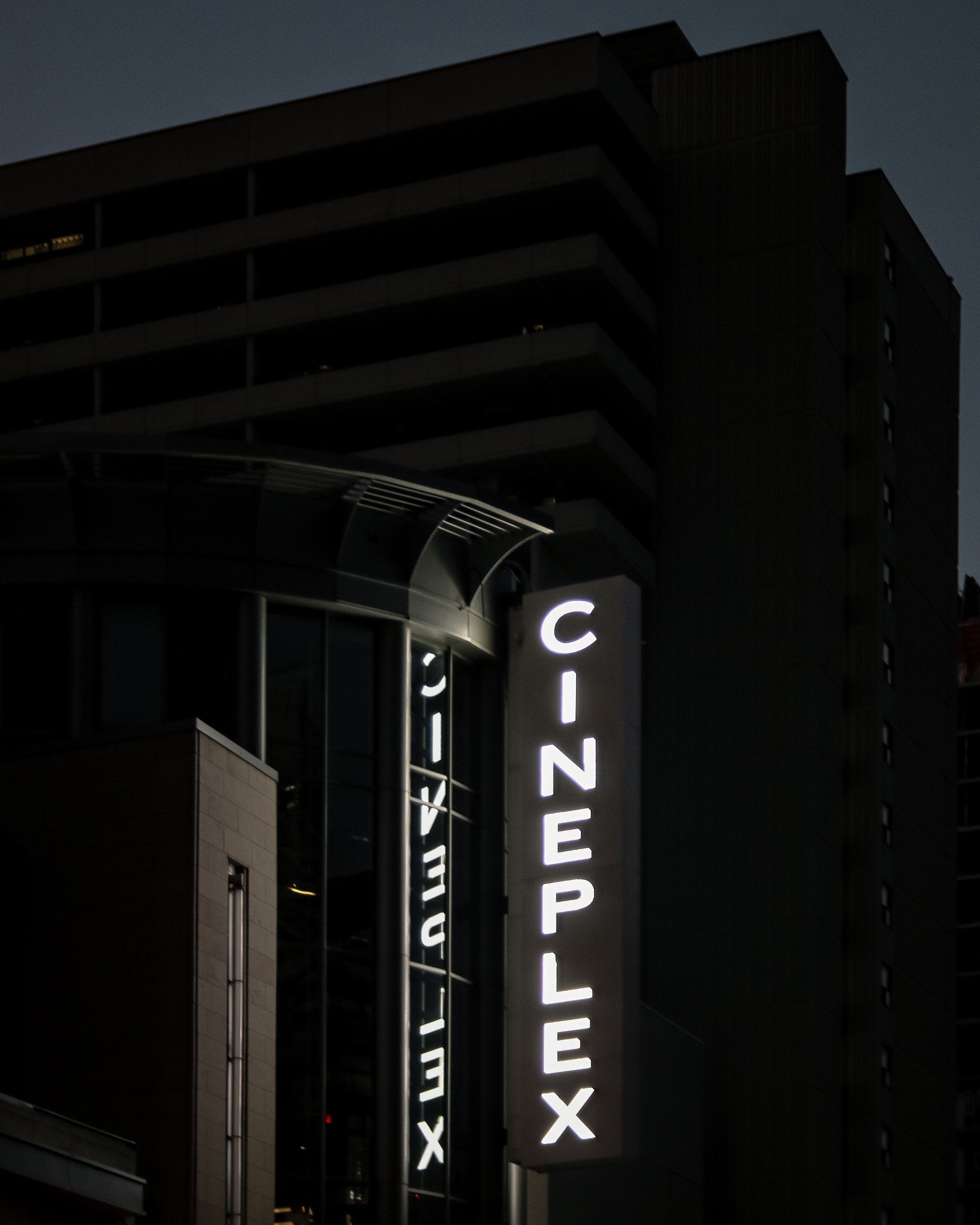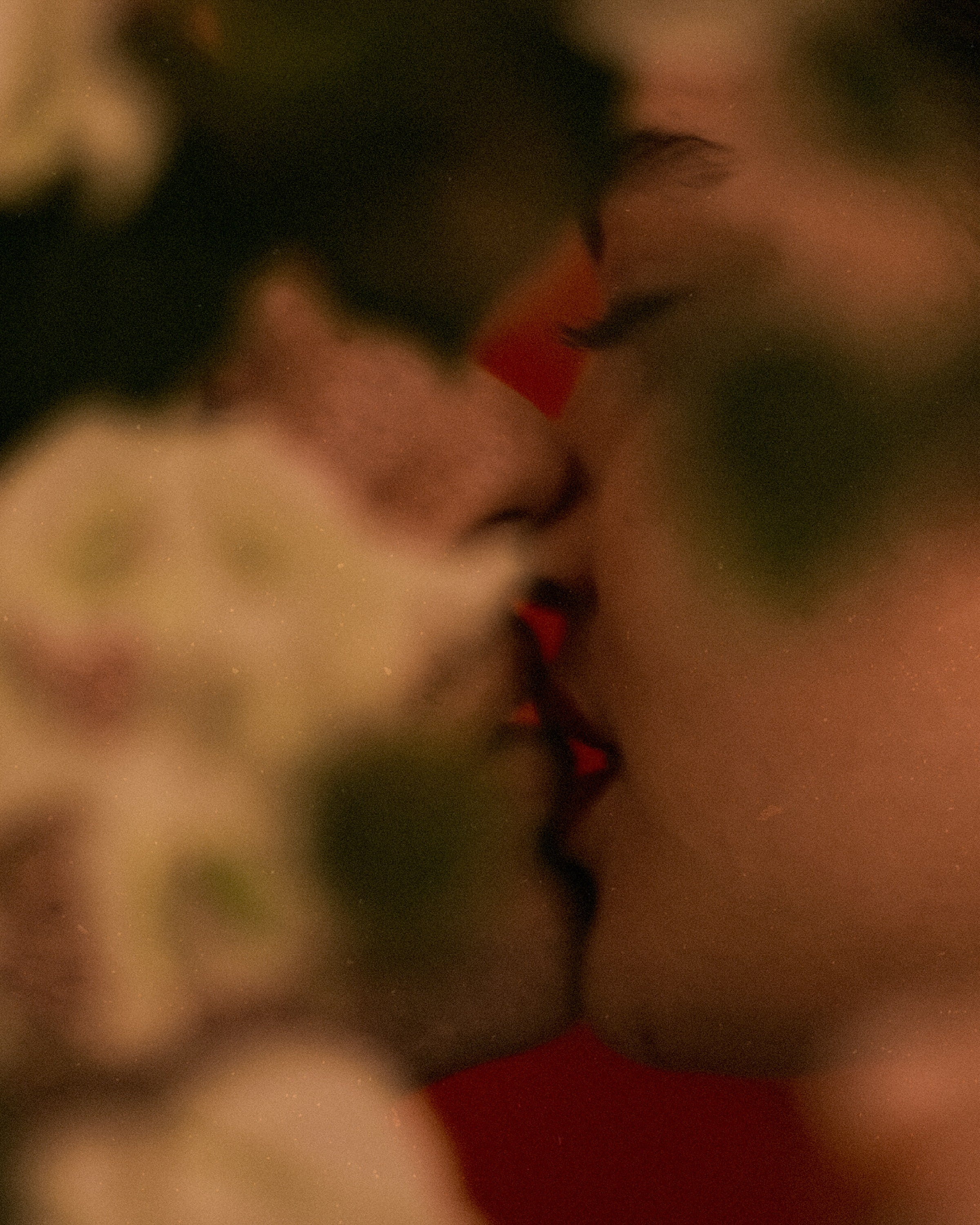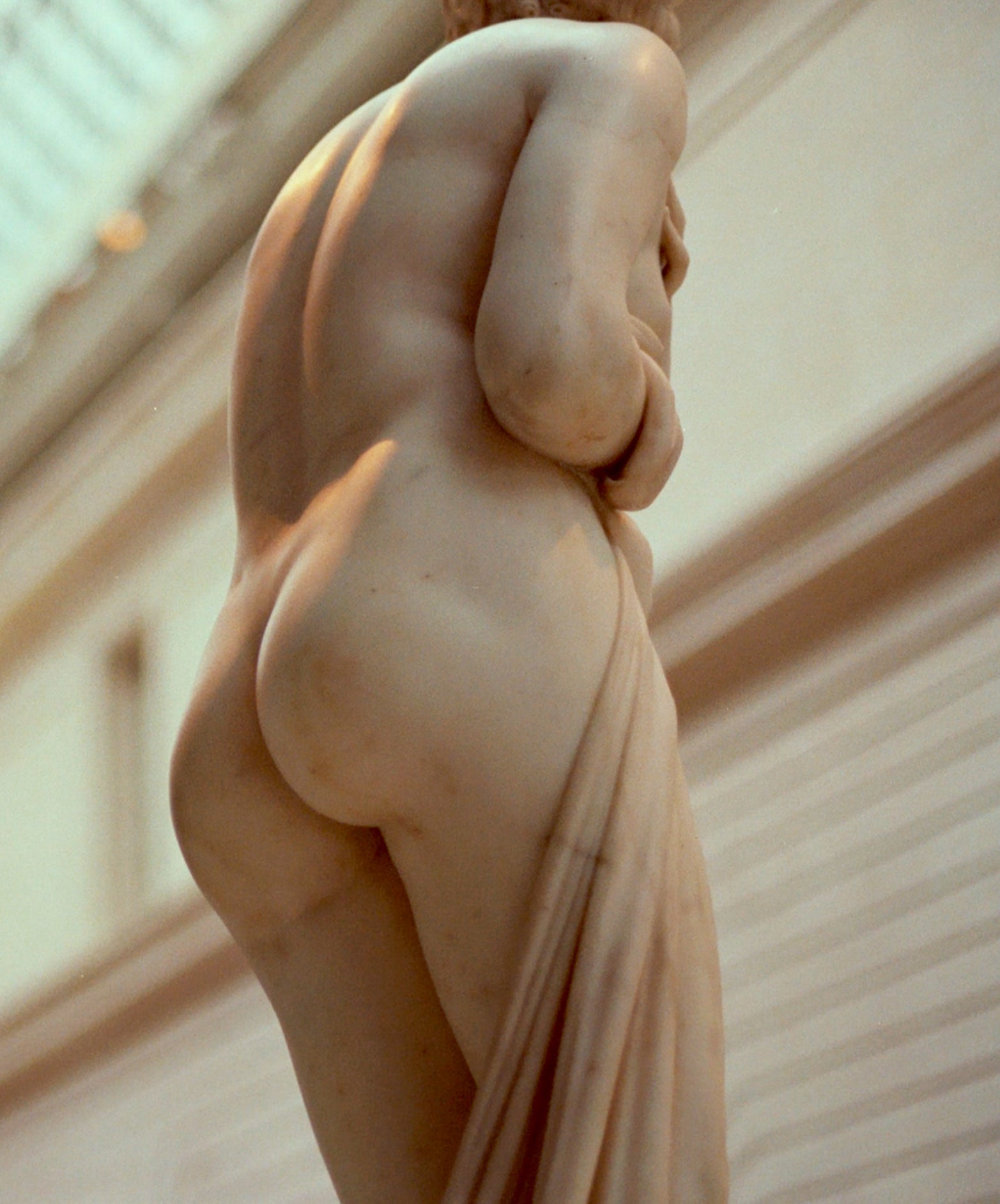history's most arousing artworks.
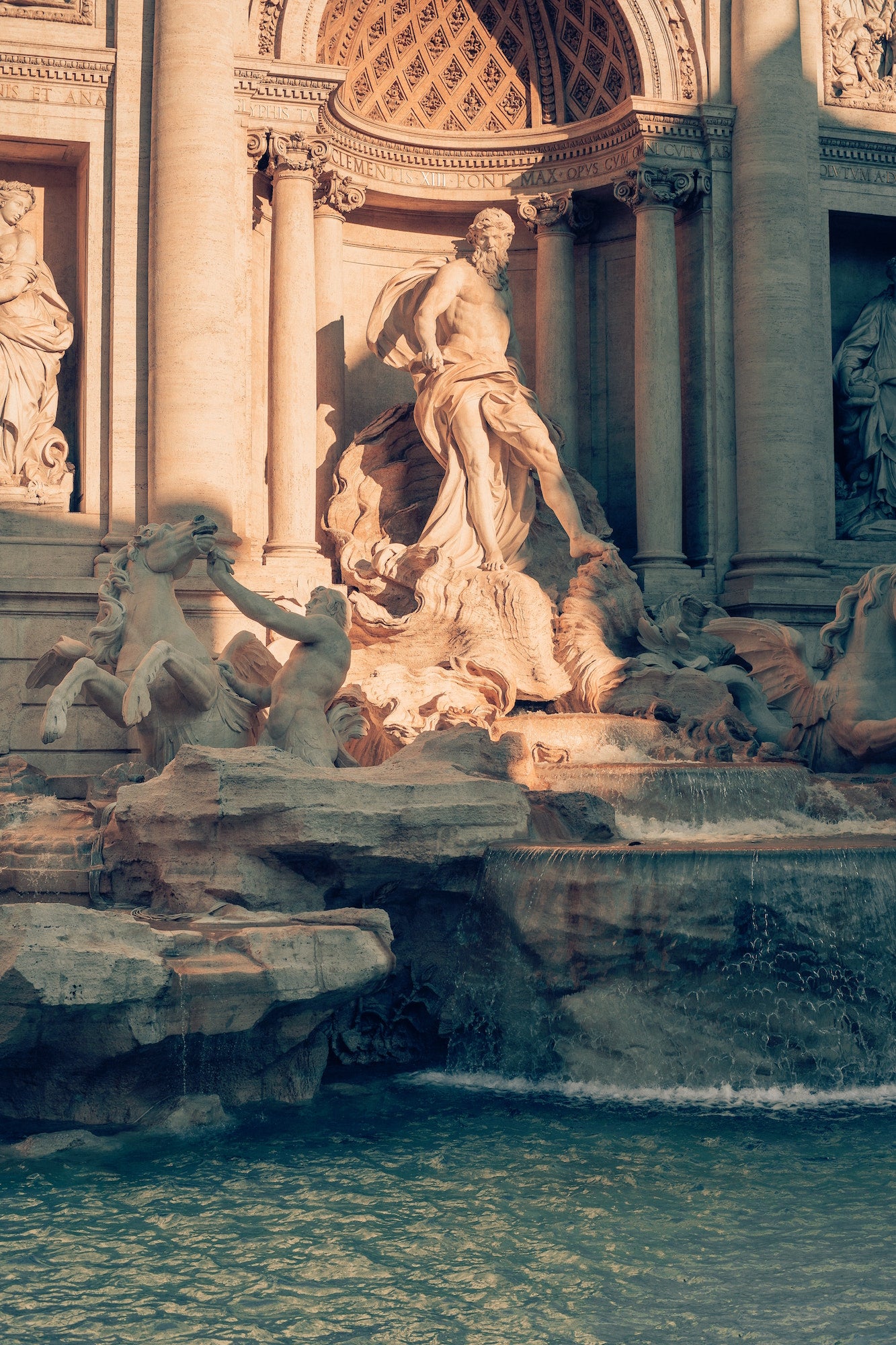
A tour through 500 years of erotica in art.
Pablo Picasso once famously said: “Sex and art are the same thing”. While that might not strictly be true, history shows that there is a lot of overlap. Sex is—in part—what has inspired artists to venerate the male and female nude throughout history, and the subject matter of sexuality has given us some of the most controversial artworks ever made. The oldest piece of art directly about intercourse is thought to be around 11,000 years old, a stone-carved object known as the “Ain Sakhri Lovers”, which depicts two figures having sex.
Since then, erotic depictions in artworks have multiplied in unimaginable ways, across sculpture, painting, film, drawing and photography, both challenging us and arousing us. Erotica in art can educate us, too, undoubtedly conveying something about attitudes towards sex and love in the time and place that they were made. Here, a quick tour through some of the most arousing artworks in history, over five hundred years. We’re not saying that hanging a postcard of one of these next to your bed will definitely set the scene, but it could certainly help.
Michelangelo's David
Widely considered to be the masterpiece of Renaissance sculpture, this statue of the biblical figure of David stands tall in Florence’s Galleria dell'Accademia, drawing thousands upon thousands of visitors each year. Created by the Italian artist Michelangelo—rival of Leonardo Da Vinci—between 1501 and 1504, David is supposed to encapsulate youthful beauty and the perfect Renaissance male form. These days, we hopefully know better than to think that there is such a thing as a perfect male form, but many people find the statue’s size and intricacy, not to mention intimacy, to be an arousing if contradictory combination.
Hieronymus Bosch’s ‘The Garden Of Earthly Delights’
Art historians have found it tricky to pinpoint exactly when the Netherlands master created this detailed triptych, but place it around 1503 to 1515. The left panel depicts Adam and Eve in the Garden of Eden. The right illustrates hell. In between, is Bosch’s imagining of how one might end up there. Groups of naked humans exercise their free will in sexual poses and by picking fruit from trees. There’s no explicit intercourse portrayed in the painting, but the figures themselves—touching one another suggestively and bathing together orgiastically—couple with Bosch’s overwhelmingly busy painting-style to give off a sense of sexual indulgence.
Katsushika Hokusai’s ‘Dream Of The Fisherman’s Wife’
The well-known Japanese artist created this controversial artwork around 1814 when it appeared in a book of Shunga, which is a type of Japanese erotic art (Shunga means "spring", a common euphemism for sex). Also known as ‘Diver and Octopi’, this woodblock print on paper shows a woman being kissed by one octopus and receiving oral sex from another. Needless to say, it is remembered as one of the more controversial artworks from history, and is considered an early example of “tentacle erotica”, which springs up across Japanese Manga and animation. It has also been widely replicated. Picasso even created his own version in 1903.
Gustave Courbet’s ‘L’Origine du monde’
One of the most famous erotic artworks from history, Gustave Courbet’s 1866 painting is not exactly the subtlest. It pictures a naked woman’s genitals cropped at the abdomen, with her legs spread open. The title means “The Origin of the World”. In 2011, the painting sparked a censorship row when Facebook banned the account of a French man after he posted an image of it (eventually, it was settled). In 2014, a Luxembourg performance artist named Deborah De Robertis sat beneath the painting in Musée d'Orsay where the painting is housed, and mimicked the view of the subject, resulting in security guards closing the room and arresting her.
Georgia O'Keeffe's flowers
American artist Georgia O’Keeffe is famed for her sensual portraits of flowers, which have been described as vaginal in form, color and composition. "It now seems abundantly clear that, in spite of her vehement denials, O'Keeffe meant some of her paintings (not just the flowers) to look vaginal," writes US art history professor Randall Griffin. "Works such as Abstraction Seaweed and Water—Maine and Flower Abstraction overtly allude to female genitalia. O'Keeffe's aim was to distinguish herself from her contemporary male artists by producing paintings that would seem both audaciously sexual and innately feminine.”
Egon Schiele’s drawings
Many of the Austrian artist Egon Schiele’s drawings were erotic, but most explicitly perhaps, is Woman With Black Stockings, 1913, which pictures what the title suggests, as well as the woman’s genitals. It is confrontational, as are many of his drawings of women, which were occasionally made from above, looking downwards—adding a subtle dimension of power. Schiele’s work has been divisive—some have described him as a voyeur and worse, while others have simply called him as a lover of women. But broadly, he has been hailed as a modernist master.
Robert Mapplethorpe’s portraits
It’s easy to recognize American photographer Robert Mapplethorpe’s portraits; they’re usually black and white, with a sole subject, and a close and Classical eye on the character of the face or body, almost as though the portrait were a still life. While Mapplethorpe shot such famous friends as Patti Smith, Andy Warhol and Yoko Ono, his most sexual works are his photographs of New York’s S&M scene, particularly leather fetish communities. Mapplethorpe has been credited with finding the beauty in sexual predilections that have often been seen as “Other”. However, the photographs he took of the physiques of African American men throughout the 1980s have also been criticized as objectifying.
Sarah Lucas’s ‘Au Naturel’
Subversive and humorous, YBA artist Sarah Lucas plays with ideas of what we think of as sexy. The 1994 work Au Naturel is a series of sculptures which assemble random objects to imply that they have genitals, a disembodied hint at desire. A bucket is positioned on a mattress, for example, alongside a cucumber and two oranges. In a book on Lucas, writer Amna Malik opens: “Does art have a sex? And if so, what does it look like?” This is what Lucas asks us to decide for ourselves, by stripping away aspects that often influence how we see sex, from shame to gender to bodies.
Paul Mpagi Sepuya’s self portraits
Layering mirrors, screens and lenses, Paul Mpagi Sepuya’s works sometimes look more like collage than photography. In a way, they are human sculptures, with the artist often inserting himself into the frame, his body intertwined with another male body. They’re personal yet disorientating and call into question: “Who is looking at who?” Sepuya’s work mimics but also takes back the gaze that so often eroticizes or fetishizes queer and black people, specifically in digital cruising spaces like gay dating apps, which the presence of iPhones in his images seems to alludes to. Taken between 2017 and 2020, the series A conversation about around pictures, was shot in the artist’s LA studio, featuring him and his friends.
